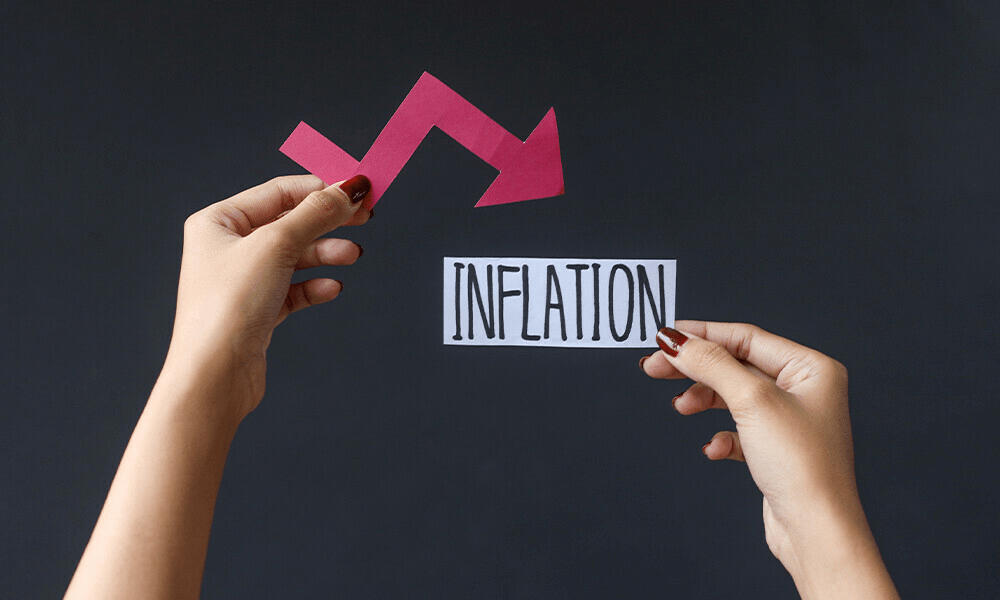
Inflation is a very important economic principle
that impacts individuals, companies, and governments across the globe. Inflation is the overall rise in the prices of goods and services over time, which results in a reduction in the purchasing power of money. It is vital to understand the causes, impacts, and methods of preventing
inflation in order to make good financial choices.
Causes of Inflation
- Demand-Pull Inflation: This happens when the demand for goods and services is higher than their supply. Demand-pull inflation can be caused by increased consumer expenditure, government spending, and investment.
- Cost-Push Inflation: This inflation results when production costs rise, so that final goods and services are sold at a greater price. Typical culprits include wage rises, higher raw material prices, and supply bottlenecks.
- Built-In Inflation: Another term for wage-price inflation, it arises when firms raise prices to sustain profit margins following wage increases. Employees demand higher wages in order to sustain rising prices, thus perpetuating a cycle.
Consequences of Inflation
- Decreased Purchasing Power: As prices go up, money loses value, lowering consumers’ purchasing power.
- Uncertainty and Decreased Investment: Uncertainty regarding future costs and returns is caused by high inflation, which discourages companies from long-term investments.
- Redistribution of Income: Inflation can unfairly impact various income groups. Retirees, for example, who receive fixed incomes, may find it difficult to maintain costs, while others with assets that increase in value with inflation will gain.
- Menu Prices: Companies pay for frequent price adjustments in order to remain abreast of inflation. Some of the expenses involved include changing price lists, reprinting menus, and reworking marketing materials.
Methods for Reducing Inflation
- Monetary Policy: Central banks employ mechanisms like adjusting interest rates and open market operations to regulate inflation. An increase in interest rates can cut back on consumption expenditure and borrowing by consumers, slowing down demand-pull inflation.
- Fiscal Policy: Fiscal policies like cutting public expenditure or raising taxes can be used by governments to lower aggregate demand in the economy.
- Supply-Side Policies: Enhancing productivity and efficiency in the economy can lower the cost of production and curb cost-push inflation. This can be done through investments in infrastructure, education, and technology.
- Wage and Price Controls: Governments might even resort to wage and price controls in extreme situations to discourage excessive inflation. But in the absence of a balanced administration, these could result in shortages and diminished economic efficiency.
Conclusion
Inflation is a multifaceted and intricate economic phenomenon with immense consequences. Through knowledge of causes and consequences, people, companies, and policymakers are able to come up with measures to counter its effects and ensure economic stability. Remaining updated and ahead of the game in dealing with inflation ensures long-term financial prosperity.

